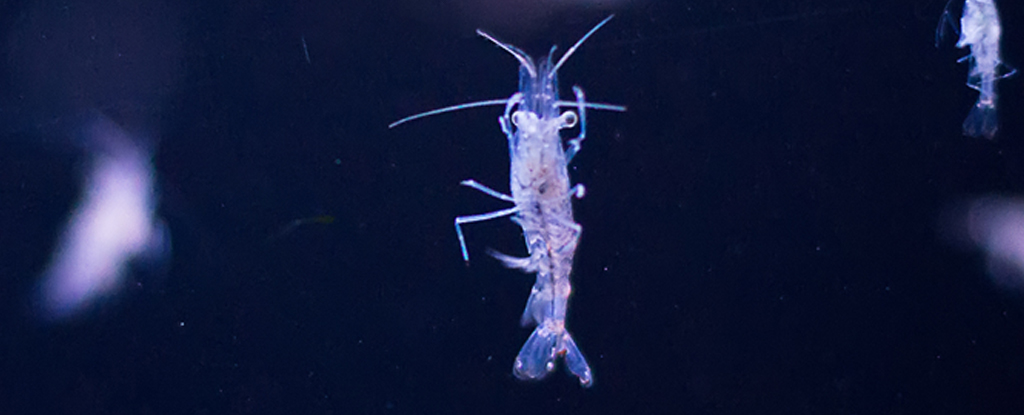The World Economic Forum warns there will be more plastic in the ocean than fish by 2050. Plastics are quite literally everywhere, and now a new study suggests common plastic additives are turning shrimp-like crustaceans off sex.
“These creatures are commonly found on European shores, where they make up a substantial amount of the diet of fish and birds,” says ecotoxicologist Alex Ford from the University of Portsmouth in the UK. “If they are compromised it will have an effect on the whole food chain.”
In a series of experiments, Portsmouth’s environmental toxicologist Bidemi Green-Ojo and colleagues exposed a tiny malacostracan crustacean species, called Echinogammarus marinus, to just four of around 10,000 possible chemical additives found in plastic.
“We chose these four additives because the suspected danger they pose to human health is well documented,” explains Green-Ojo. “Two of the chemicals we investigated (DBP and DEHP) are regulated and not allowed to be used in products in Europe. The other two chemicals have no current restrictions on them and are found in many household products. We wanted to test the effects these chemicals had on aquatic mating behavior.”
Despite recent regulations, three of these compounds are in the top 30 chemicals detected in England’s surface and groundwater.
All four of the tested substances had the capacity to reduce the crustacean’s mating success, through changes in its behavior.
On top of this, two of the chemicals tested, triphenyl phosphate (TPHP) and dibutyl phthalate (DBP), caused a decline in sperm count.
“Although the animals we tested were exposed to much higher concentrations than you would normally find in the environment, the results indicate these chemicals can affect sperm count,” explains Ford.
“It is conceivable that if we did the experiment on shrimps that had been exposed for a longer period or during critical stages in their life history, it would affect their sperm levels and quality.”
While the other two chemicals did not reduce sperm numbers the team points out that this doesn’t mean they aren’t impacting sperm quality, as seen in other animals from minnows to rodents.
In the lab, when E. marinus paired up with a mate to do the deed, the creatures mated fewer times when exposed to low levels of NBBS, TPHP, and DEHP.
Such findings add to mounting research suggesting that long-term exposure to plastics and their additives is having an impact on animal health that we’re yet to see the full consequences of.
“We are urging environment agencies around the world to take more notice of behavioural data, because sometimes the data tells us things that normal toxicity tests don’t,” says Green-Ojo.
Just 20 companies are responsible for over half of the world’s single-use plastic, and they have likely played a political and social role in fostering our addiction to their products.
If plastic additives are indeed disrupting animal reproduction, then our plastic addiction could be contributing to Earth’s sixth mass extinction.
“We must understand more about these chemicals and how they affect behavior,” Green-Ojo urges. “Many types of behavior – such as feeding, fight or flight mode, and reproduction – are essential in an animal’s life, and any abnormal behavior may reduce the chances of survival.”
This research was published in Environmental Pollution.





